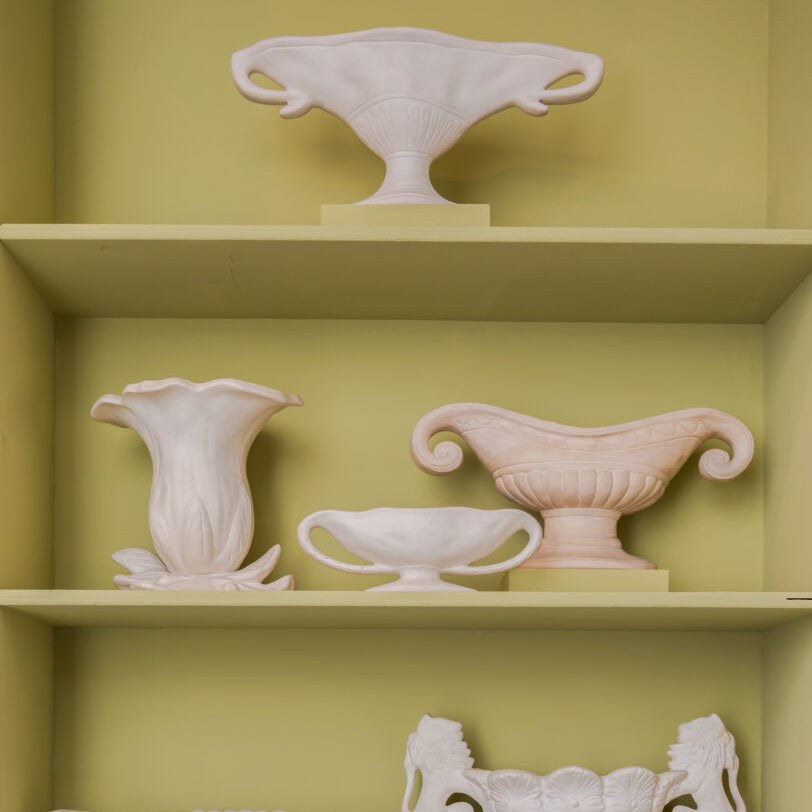Constance Spry and the art of floristry

My granny was a determined woman with several creative interests. At the end of her life, unable to pursue her hobbies she asked to be read the stories of inspiring women; Clementine Churchill, Clarice Cliff and Constance Spry were among them. I've since wondered exactly what these stories meant to her and I wish I'd asked more. Instead I've been inspired by the life of floral designer Constance Spry myself and here's what I found.

Constance Spry is known for revolutionising the world of floristry. Traditional bouquets with flowers packed like sardines in uniform bunches, became free, flowing, sculptural displays under her green fingers. But it’s also the determined woman behind the blooms that has inspired generations since. Aged 30, Constance walked out on an abusive husband. She ploughed her own furrow becoming headmistress of a girls’ school in East London 5 years later. In 1928, aged was 43 she quit teaching and opened her first floral decoration shop, proving you’re never too old to try something new. By this stage she had a new partner Henry Spry, whose name she took for convenience but they never married despite conventions of the day. Come 1932 she was to begin an affair with the gender non-binary artist known as Gluck, who created beautiful paintings of Constance Spry’s floral arrangements.

Constance’s business went from strength to strength with her first large commission at Granada Cinemas leading to an impressive display at Bond Street and before long, royalty were knocking at her door. Drawing inspiration from the Dutch Masters, Spry’s displays were dramatic and unusual.

A career high point came in 1937 when Constance created the flowers for the wedding of the Duke of Gloucester and later that year, the controversial wedding of Wallis Simpson to the Duke of Windsor. The war of course changed things but it didn’t deter Constance from her mission and by 1946 she'd opened a girls’ school for domestic science. Her creative energy was seemingly endless and in 1953 she was the floral designer for the Queen’s coronation and received an OBE.

The good news for anyone interested in Constance Spry's work today is that she left a little legacy behind. As author of 13 books, you can often find these in second hand bookshops, perhaps a little worn but full of interesting imagery and floristry tips. For ceramics hoarders like me, Spry's collaboration with Fulham Pottery is completely delightful. Unable to find the right vessels for the wild and artful arrangements she made, Constance tasked her friend and art assistant Florence Standfast to design some unique pottery. The shapes were mostly inspired by Classical Roman vases but sometimes by flowers themselves or for her royal commissions, something rather regal like the rampant lions pictured above in a display at The Garden Museum in London. (Side note: the green shelving is painted Edward Bulmer's Olympic Green and it's gorgeous!)
Constance's pioneering style is perhaps even more influential today than ever and it's hard to imagine the floral design world ever returning to neat and tidy bunches again. Constance Spry was truly a disruptor of her day.
If you are interested in contemporary florists working in a similar style, perhaps for your wedding or event, here's a few I recommend: Hazel Gardener, Willow Crossley, Rowan Blossom, Fiona Pickles, Kitten Grayson and Worm.


